Same Day Shipping EMI & COD on most products
Trusted Partner Since 1969
GST B2B Billing  Help
Help  00919699976817
00919699976817
Showing all 6 results
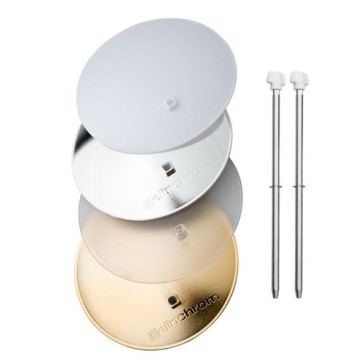
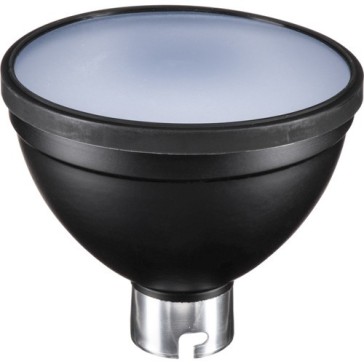
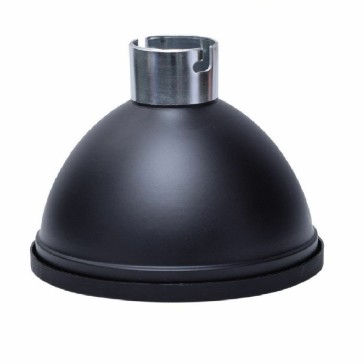
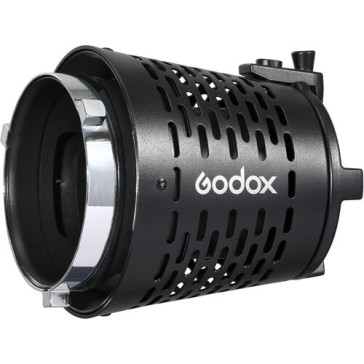
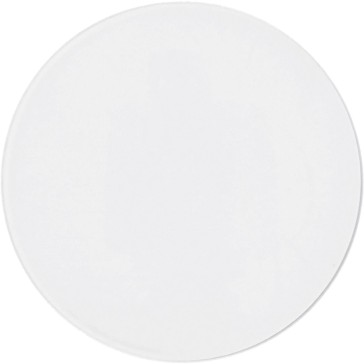
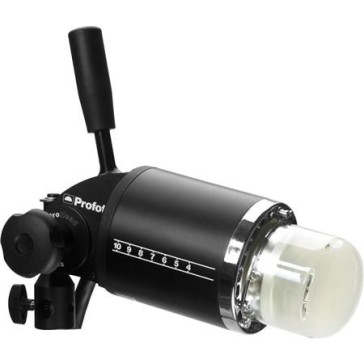
Photography Lighting Reflectors Accessories: A Comprehensive Guide
Photography is an art that captures moments, emotions, and stories. But to bring out the best in every shot, lighting plays a pivotal role. Among the various tools photographers use to manipulate light, reflectors stand out as one of the most versatile and essential. This article delves deep into the world of Photography Lighting Reflectors Accessories, highlighting their significance and offering insights on how to use them effectively.
Understanding Reflectors
Reflectors are designed to bounce light back onto the subject, filling in shadows and adding highlights. They are instrumental in controlling the quality and direction of light, ensuring that the subject is illuminated optimally. Whether you’re shooting portraits, landscapes, or products, reflectors can make a significant difference in the outcome.
Types of Reflectors and Their Uses
Silver Reflectors: These are perfect for adding bright, cool tones to the subject. They’re especially useful in low-light conditions or when you want to counteract warm tones.
Gold Reflectors: Ideal for adding warm tones, gold reflectors are great for sunset or sunrise shoots, giving the subject a golden glow.
White Reflectors: These provide a neutral bounce, filling in shadows without changing the color of the light.
Black Reflectors (or Absorbers): Instead of reflecting light, they absorb it, creating deeper shadows and adding contrast.
Diffusers: Not exactly reflectors, but they’re part of the same family. Diffusers soften and spread light, reducing harsh contrasts and creating a more even illumination.
Why Reflectors are Essential
Reflectors aren’t just useful for available light situations; they offer unique saturation, natural looks, contrast, and color options. They are affordable, easy to use, and don’t require any power source, making them a must-have in every photographer’s kit.
Tips for Using Reflectors Effectively
Positioning: The angle and distance at which you place the reflector matter. Experiment with different positions to see which gives the best result.
Size Matters: Larger reflectors can distribute light more evenly, while smaller ones offer more focused light.
Know Your Environment: If you’re shooting outdoors, be mindful of the natural light direction. Use the reflector to complement it.
Collapsible Reflectors: These are great for on-the-go shoots. They can be folded and carried easily, making them perfect for outdoor photography.
In conclusion, Photography Lighting Reflectors Accessories are indispensable tools for photographers. They offer a simple yet effective way to control and manipulate light, ensuring that every shot is lit to perfection.
Reflectors are primarily used in photography to bounce light back onto the subject. This helps in filling in shadows, adding highlights, and controlling the quality and direction of light. They ensure optimal illumination of the subject, enhancing the overall quality of the photograph.
While diffusers don’t reflect light like traditional reflectors, they are considered part of the reflector family because they manipulate light. Diffusers soften and spread light, reducing harsh contrasts and ensuring a more even illumination, making them essential for achieving a natural lighting effect.
Unlike other reflectors that bounce light back onto the subject, black reflectors or absorbers absorb light. This results in deeper shadows and added contrast in the photograph, making the subject stand out more prominently.
Yes, reflectors are essential for both indoor and outdoor photography. In indoor settings, they help control artificial light sources, while outdoors, they complement natural light. Reflectors ensure that the subject is illuminated from the right angles, irrespective of the shooting environment.



Most units are shipped same day using professional courier services with tracking.
We work round the clock to ensure you get the highest level of customer satisfaction.
Well packed, Sealed Units are shipped from our warehouse which are waterpoof & sturdy.
Design Info
GST: 27AYUPJ2628P1ZK
No.1, Saremals, Shastri Hall Building,
Nana Chowk, Grant Road West,
Mumbai 400007, Maharashtra, India
New Delhi Branch – South Ex 2, 110049
Also Ships DAILY from Brisbane, Dubai,
Berlin, Barcelona, Detroit & Vancouver.
Connect online / schedule a demo
Call/WhatsApp: +91-9699976817
Email: [email protected]
Live Chat: Business Hours
Follow Us: @designinfo.in
Copyright © 2014-2022 Design Info All Rights Reserved. Feedback on web experience
Since 1969